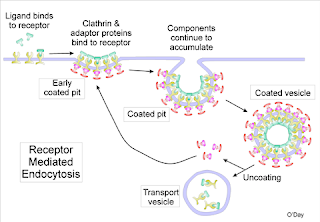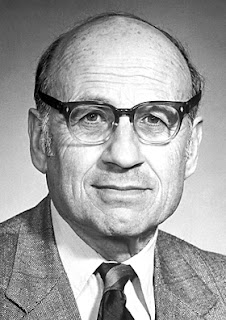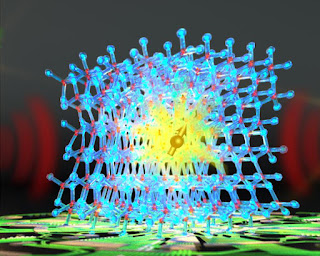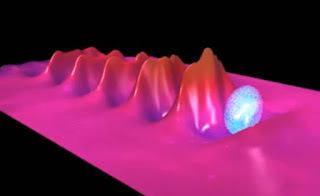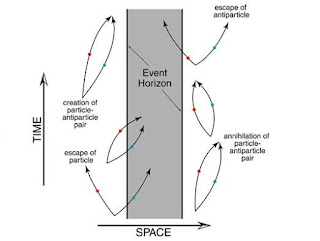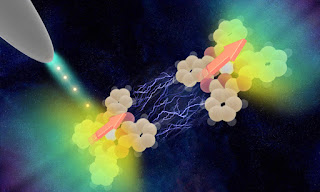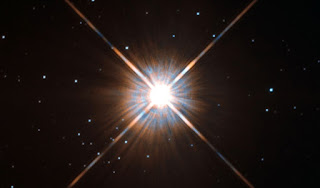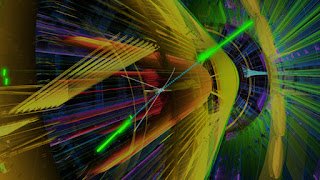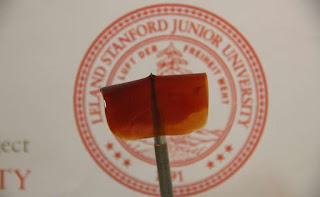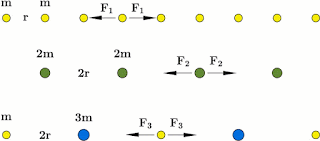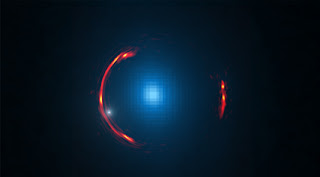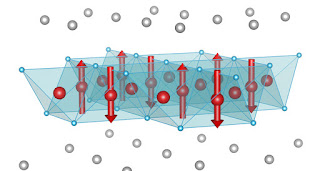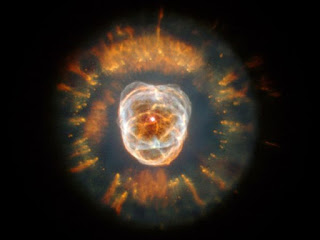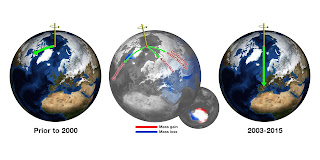Topics: Commentary, Diversity, Education, Internet, Politics
Before the Internet, any letters to a publication had to go to its editor, with a 140-word limit (unlike 140 characters now). If you made publication, you got to see your name in print and if you were a writer, increase your notice and curriculum vitae/"clips" to showcase with potential book publishers for fiction, non-fiction, poetry you were trying to market. That process used to take weeks and a lot of patience. Editors were and are impressive, credentialed and revered. To impress one is a big deal.
There's always a downside with every technological leap. We're selecting vis-a-vis an election cycle cum reality show this country's next chief executive. Everyone promises to "bring jobs back," even if their own companies were part of the many that took advantage of trade agreements and cheaper labor overseas. What neither of them will tell you is some jobs due to robotics and software innovations WON'T ever come back because there's no need for them to. James Boggs called it "automation and cybernation" in a very prescient read. The educational system is a testing havoc, enriching test publishing companies simultaneously NOT preparing our citizens for future jobs that pay cheaper salaries offshore, nor that our democratic republic was formed before the advent of "point and click" and American Idol. Meanwhile, we're in a cycle of ignorance about science and birth control at a present count of 7 billion people that all share the same resources - some with more success (those with lawyers; offshore tax shelters) than others.
The Internet allows writers to show their skills to potential agents and publishers through blogs and web sites. The Query Letter has evolved from hard copy to email; rejection letters however still take some time for the agent or publisher to click "send."
The comments section of this blog has some lively activity depending on the article, many of it spam that after repetition I delete without publishing; many trolls whose sensitivities I've somehow offended. It usually boils down to politics, religion or some combination of the two. Some exchanges I've had to terminate with a posted link from the FBI's cyber crime unit and a promise to meet the offender in court if they persist. I've also used the fine art of blocking that's available and empowering in social media.
This space of time we're in also warps our understanding of Civics that used to be taught in schools. Even the Governor of Oklahoma failed this test:
Gov. Fallin said she believes the final decision on the monument’s fate should rest with the people.
“You know, there are three branches of our government. You have the Supreme Court, the legislative branch and the people, the people and their ability to vote. So I’m hoping that we can address this issue in the legislative session and let the people of Oklahoma decide,” she said.
The article goes on correctly to say the legislative (Congress: Senate and House of Representatives), executive (President and Vice President) and judicial branches (HERE'S where the Supreme Court comes in), correcting the Governor's Faux Pas.
It is this lack of understanding that is frightening; this callous disregard from even elected officials knowing the simple basics of governance, not caring about important details on every level of the electorate.
I'm old enough to recall the concerns regarding the "Information Superhighway," back when a home computer cost in the range of $2,500 (my wife's then "employee discount" with Dell Computers) using a Pentium 486. That left understandingly a lot of minority households priced out of the luxury.
We now have faster, more powerful computers somewhere in the vicinity of our hip pockets. Our demand for the speedy novelty of sharing cat videos has driven economics to sweat shops where our electronic pacifiers are assembled by the equivalent of slave labor. The resources used to manufacture stolen in manufactured wars from tribes in third world countries starving, unable to benefit from the wealth beneath their feet.
This instantaneous nature gratifies us on a primal level; what used to take time to acquire we now expect in nanoseconds, be it legislation, product ordered online or pornography. Our notions of distance in the jet age similarly have succumbed to the same forces as our notions of process, rejection and time.
And sadly in doing so, we have empowered sociopaths.
As part of a series on the rising global phenomenon of online harassment, the Guardian commissioned research into the 70m comments left on its site since 2006 and discovered that of the 10 most abused writers eight are women, and the two men are black. Hear from three of those writers, explore the data and help us host better conversations online
by Becky Gardiner, Mahana Mansfield, Ian Anderson, Josh Holder, Daan Louter and Monica Ulmanu
